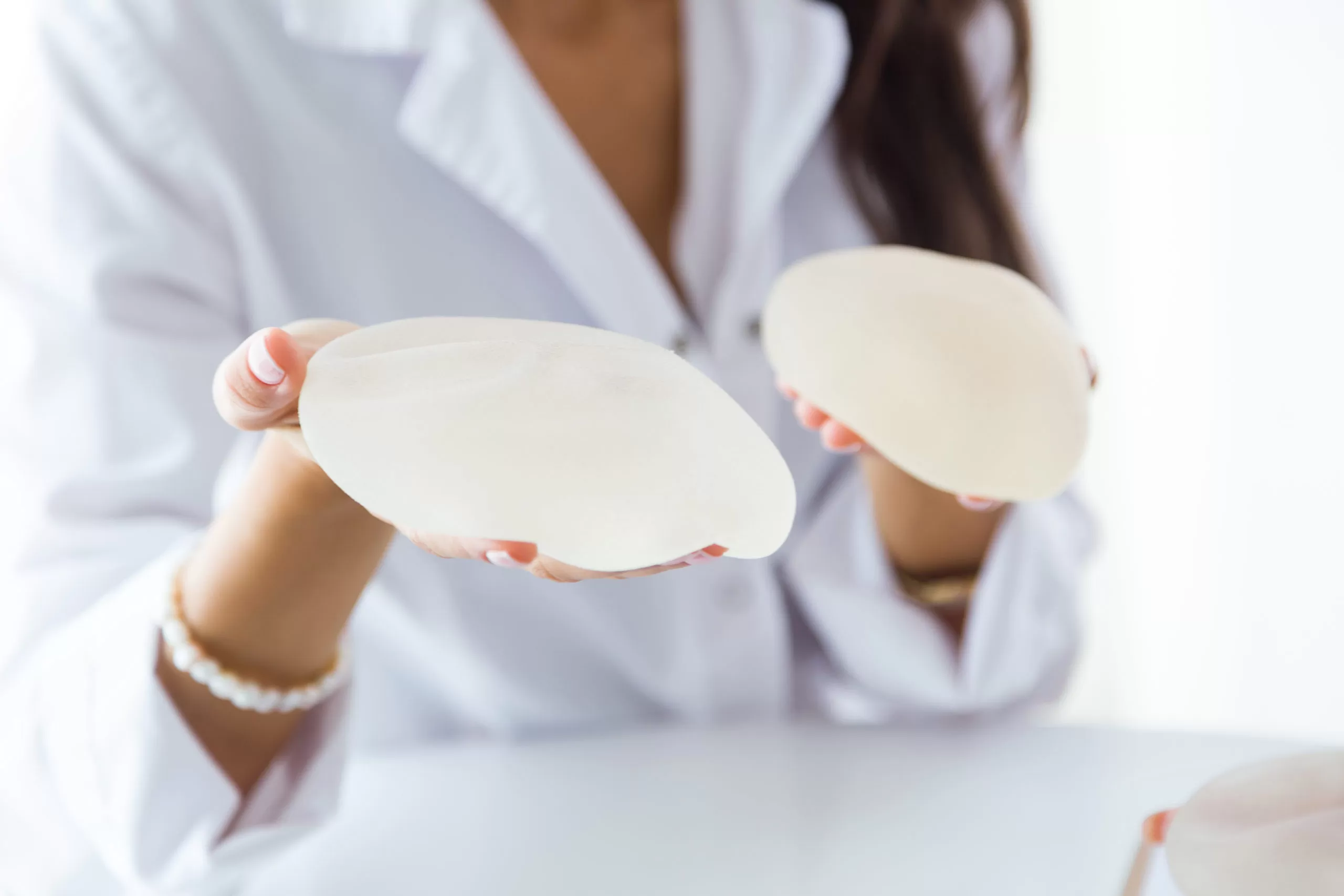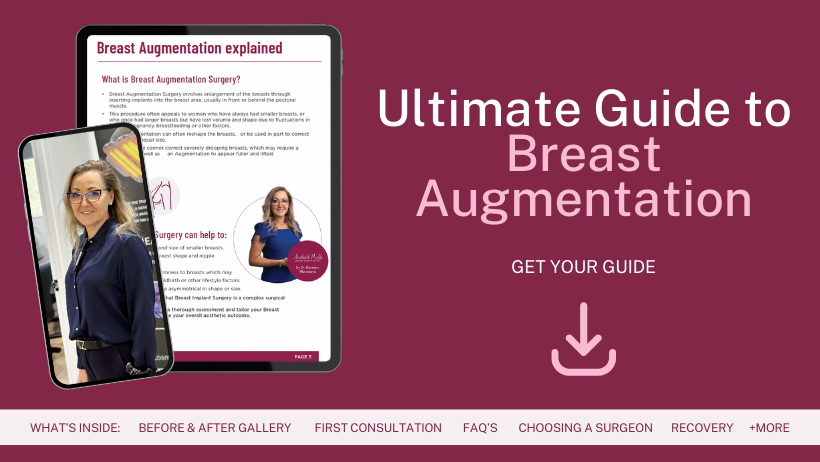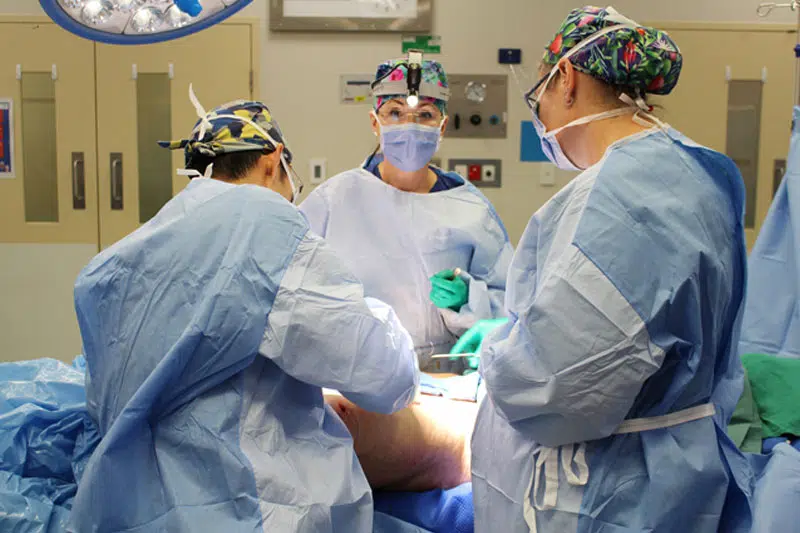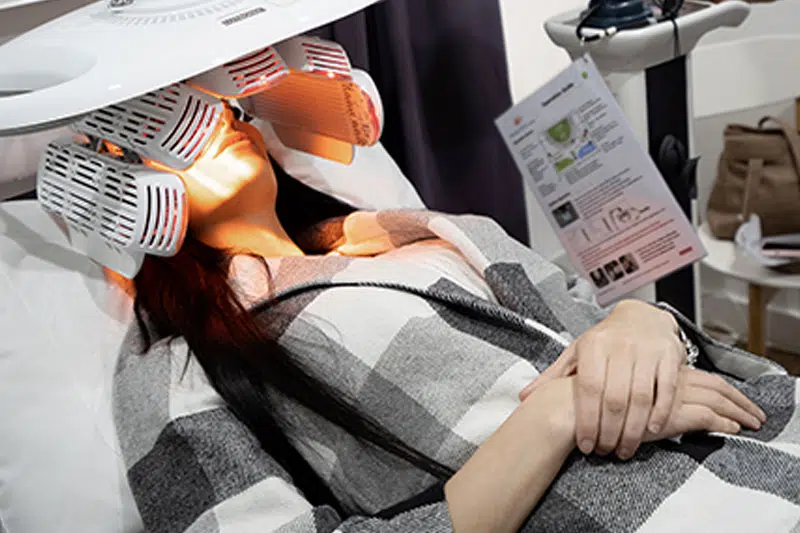Breast implant Types for Breast Surgery in Melbourne with Dr Carmen
Breast Implants are used for Breast Implant Surgery including Breast Augmentation, Breast lift (Mastopexy) with implants and Breast implant replacement or exchange. A wide range of Breast Implant types are available for consideration.
There are at least 8 different options and surgery choices for Breast Implant Surgery. Breast Implants come in a wide variety of brands, sizes, profiles, fillings and shapes.
Breast Implant Surgery has many options including incision site, implant placement position and whether fat transfer will be used for additional shaping and a more comprehensive aesthetic outcome.

Breast Implant Brands
Motiva and Mentor Implants are the two most popular quality breast implant brands used in Australia. Dr Carmen prefers to use Motiva Implants which are the next generation.
Breast Implant Size
Breast Implants are available in a wide range of sizes from 100cc to 800+cc. One of the implant sizes Dr Carmen uses the most is the 300-350ml size.
Implants of two different sizes may be used for asymmetric breasts.
Breast Implant Profile
Breast Implants come in a range of profiles or heights to allow for different desired breast projection. Profiles from low to high are available in different brands. The Mid Profiles are the most popular.
Breast Implant Filling
Saline Implants
Saline breast implants are filled with a sterile saltwater liquid. They are inserted as empty shells and filled once in place, which can allow for a smaller incision during placement. In some cases, adjustments to the volume can be made during surgery to help achieve the planned outcome.
One characteristic of saline implants is that if the outer shell were to rupture, the saline is typically absorbed and processed by the body. Rupture is usually more noticeable with saline implants, which may assist with earlier detection.
During your consultation, Dr Carmen Munteanu will discuss your suitability for different implant types, including the potential benefits and considerations of saline versus other implant options. The selection of implant type and surgical technique is always based on individual anatomy, surgical goals, and overall health.
Silicone Implants
Silicone implants are filled with silicone gel, a material which most closely replicates the feel of your breast tissue. Should a silicone implant leak, the gel may either remain within the implant shell, or escape into the breast implant pocket, but the implant will not collapse. Should you choose to have a silicone implant, you may need to regularly attend check-ups to make sure the implants are functioning as they should. The condition of the implants can be determined through an MRI or an ultrasound.
Form-stable implants
Form-stable implants are sometimes also referred to as “gummy bear implants” as they are able to maintain their form, even if they break. They are filled with a thicker silicone gel than traditional silicone implants and are also considered to be less likely to break. Form-stable implants have a distinct teardrop shape to closely mimic the shape of your breast, however, if they rotate, they can result in an unusual appearance. The placement of form-stable implants requires a longer incision as they are pre-filled.
Regardless of which implant filling you receive, it is important to monitor the implants and attend appropriate follow-up consultations and check-ups.
Download Dr Carmen’s Guide to Breast Augmentation with Implants

Breast Implant Shapes
Implants come in a variety of shapes to accommodate individual body characteristics and surgical preferences. During a consultation, Dr Carmen Munteanu will assess your needs and discuss which implant style may be appropriate for your goals.
Round Implants
Round implants are often selected by patients who wish to increase volume in the upper area of the breast, particularly following changes due to weight fluctuations, pregnancy, or breastfeeding. This implant shape tends to provide more fullness in the upper portion of the breast. As round implants are symmetrical, their shape is less likely to appear altered if rotation occurs.
Anatomical/teardrop implants
Anatomical or teardrop-shaped implants have a sloped design, with more volume concentrated in the lower half and a tapered appearance towards the top. This shape may suit individuals who prefer a gradual transition in breast shape.
The decision between round and anatomical implants is influenced by a range of factors, including existing breast tissue, skin elasticity, chest wall dimensions and personal preferences. Dr Carmen Munteanu will guide you through these considerations as part of your personalised surgical plan.
Breast Implant Surface texture
Smooth Breast Implants
Smooth implants are known for their soft feel. Because they are not fixed to surrounding tissue, they may move slightly within the breast pocket, which can result in a more dynamic appearance when the body moves. However, this mobility may also increase the chance of visible or palpable rippling in some individuals.
Textured Breast Implants
Textured implants are designed to adhere more closely to the surrounding tissue. This surface interaction helps reduce implant movement within the breast pocket. Textured implants may also assist in reducing the likelihood of capsular contracture (a tightening of the scar tissue around the implant), although individual responses can vary.
Breast Augmentation Surgery Options
Implant positioning choices
Sub-Muscular Breast Implant Placement
In this technique, the implant is placed beneath the pectoral (chest) muscle. This allows the implant to be supported by both the breast tissue and muscle, which can help reduce the likelihood of visible edges or rippling in some patients. It may also lower the risk of certain complications, such as capsular contracture (tightening of scar tissue around the implant), and may assist with clearer mammogram imaging.
Because the procedure involves lifting the muscle, it typically requires a longer recovery period compared to other approaches. Post-operative discomfort may be more noticeable in the early stages of healing.
Sub-Glandular Breast Implant Placement
With sub-glandular placement, the implant is positioned above the pectoral muscle and directly behind the breast tissue. This technique is generally considered less extensive than sub-muscular placement, as the chest muscle is not affected. As a result, some patients experience less discomfort during the initial recovery period.
This approach may be more suitable for individuals with a sufficient amount of existing breast tissue to provide coverage. However, there is a higher chance of implant edges being visible or palpable, particularly in patients with a lower body fat percentage. In some cases, this approach may also be more prone to capsular contracture.
Dual Plane Breast Implant Placement
The dual plane method is an approach where the upper portion of the implant is placed beneath the pectoral muscle, and the lower portion is situated behind the breast tissue. This allows for added soft tissue support over the upper implant area, while enabling the lower portion of the implant to sit in the breast footprint.
This technique is often selected when a degree of breast tissue repositioning is desired. It can be useful in cases with mild ptosis, as it allows for some lifting effect without a separate breast lift (Mastopexy) procedure. The dual plane approach help provide a balanced appearance and can reduce the risk of visible implant edges or rippling in suitable candidates.
Fat Transfer to Breasts
Fat alone or Hybrid Breast Surgery – Breast Implants and Fat
A fat transfer breast augmentation utilises fat taken from other parts of your body through liposuction and then injected it into your breasts during surgery to increase volume and alter shape.
Fat Transfer can be used on its own – Fat Transfer Breast Enlargement – without an implant or as a Composite or Hybrid Breast Augmentation – fat grafting with breast implants.
The fat grafting option without implants may be suitable for patients looking for a slight increase in the size of their breasts and prefer results that do not involve synthetic materials. The size increase is generally only an additional half to one cup bra size. Large volume fat transfer is not recommended and has more risks.
Risks of Fat Transfer
The risks in this fat transfer procedure include infection, cysts, microcalcification, death of the fat cells and even the possibility that the deposited cells will migrate out of the breast area. It may be necessary to undergo revisions or secondary procedures to maintain the shape of your breasts if you chose this option.
For more information on risks visit our Risks and Complications of Surgery – Dr Carmen Munteanu






